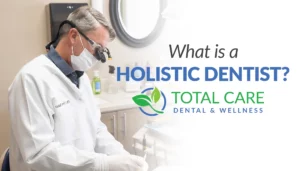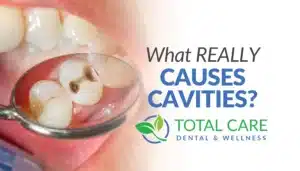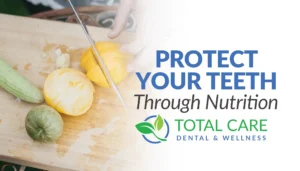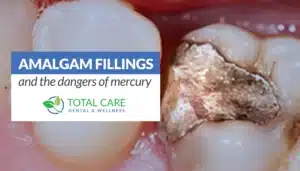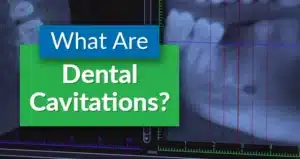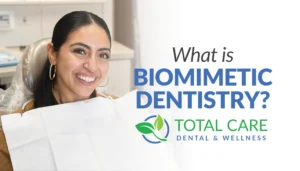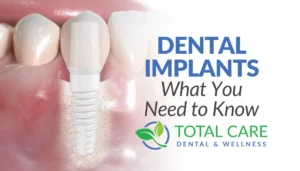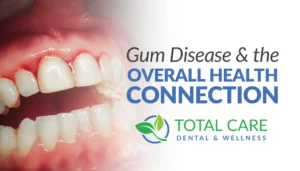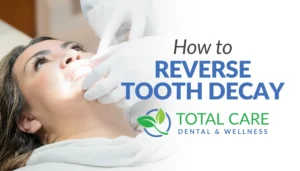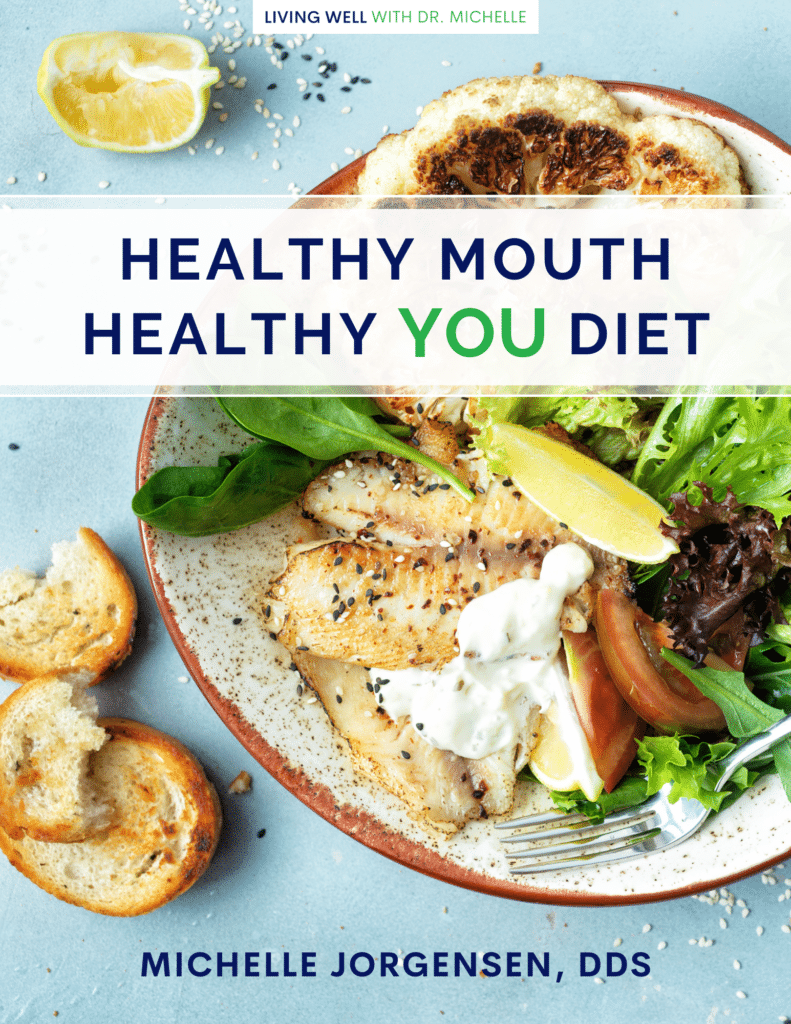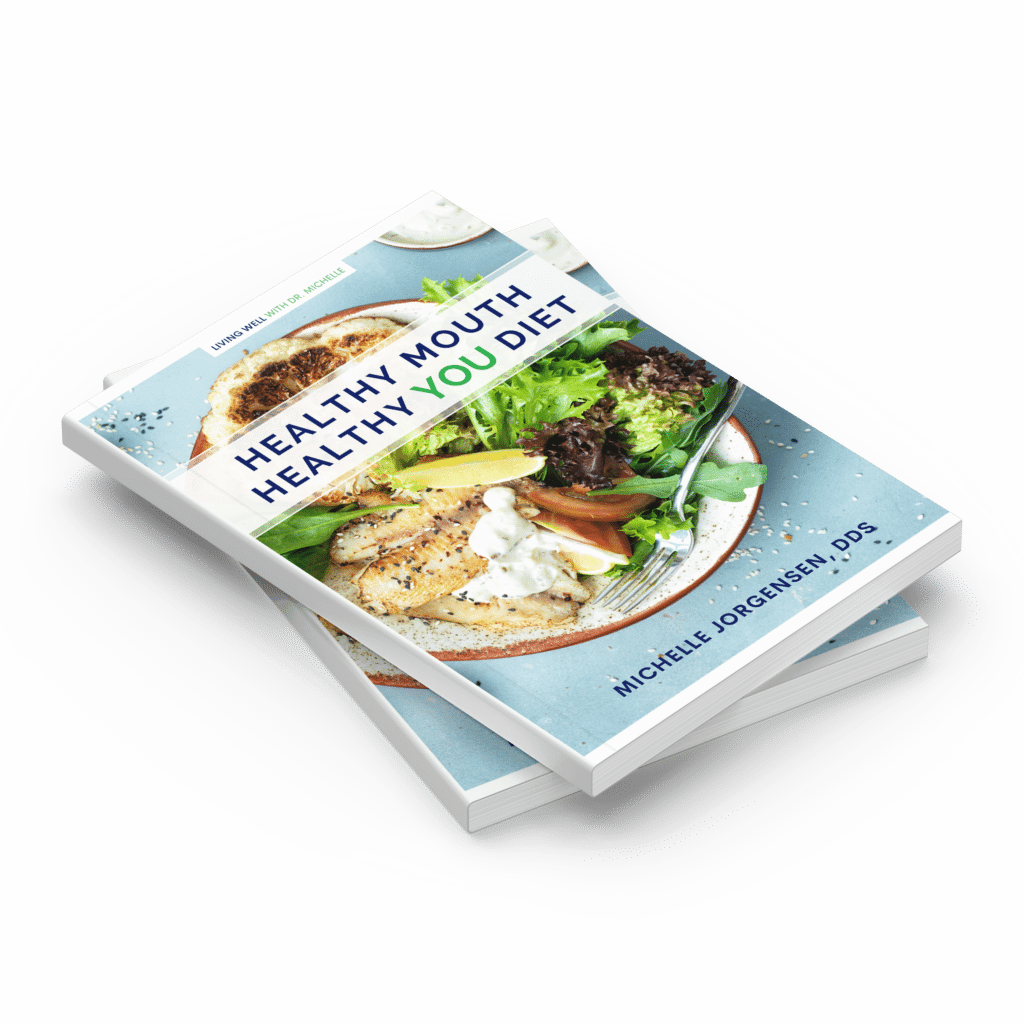03
How to Protect Your Teeth Through Nutrition
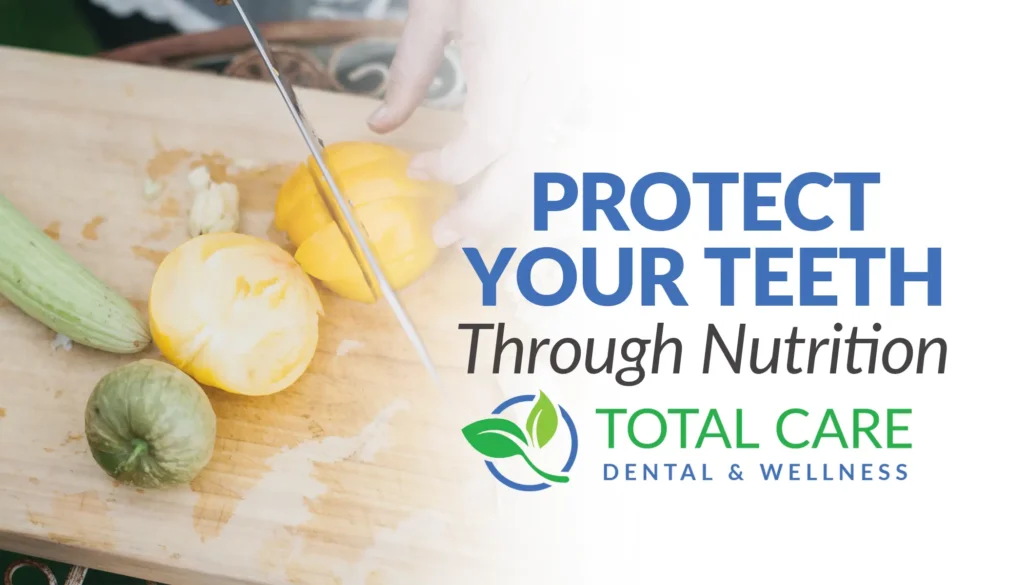
Turns out there’s more to avoiding cavities than JUST reducing sugar and brushing your teeth.
The one guaranteed way to protect your teeth is through your nutrition. This guide offers four key steps to keep your teeth healthy and protected.
Learning to Protect Your Teeth Through Nutrition Starts With A Fascinating Story
Dr. Weston Price, a well-known and respected Ohio dentist in the 1930s began traveling the world with his wife in order to study traditional people and their diets. Over ten years’ time, he visited everywhere, from isolated villages and communities in Switzerland and Scotland to indigenous peoples in North America, South America, and Australia.
Although the diets were different across every culture—they all shared one thing in common: beautiful, straight teeth, little tooth decay, good bone structure, and strong resistance to disease.
But how did he discover that it was the food that made the difference?
Among some communities, he found members of the same family eating in very different ways, making them the perfect test for his hypothesis. In one family, the older brother ate the traditional diet of the area, and the younger brother had adopted a modern diet.
The two brothers had the same genetic makeup and yet had different dental problems. Can you guess which of the two diets caused the crooked and missing teeth for the brother on the right?

One brother’s traditional diet protected his teeth, while the other brother’s modern diet did not.
The value of the traditional diet
Dr. Price found that people who started turning back on their traditional diets did not have the same healthy teeth as those who had stayed true to how they had been eating for centuries.
When they added processed and refined foods such as:
- White flour
- White rice
- jam
- canned food
- condensed milk
- and sugar
They started suffering from tooth decay, crooked teeth, and degenerative modern diseases these communities had never seen before.
Thanks to his rolls and rolls of photographs, Dr. Price found that the diets of these traditional people were very nutrient-dense.
They contained vastly more vitamins and minerals than the American diet of his day, and that Standard American Diet has been in steep decline since the 1930s.

Traditional diets provided at least FOUR times the water-soluble vitamins, calcium, and other minerals, and at least TEN times the fat-soluble vitamins that people were getting in America at the time.
Although different societies were eating different foods (some were eating whale blubber and others butter from grass-fed cows), the constituents of those foods were the same.
Dr. Price figured out how to protect your teeth through nutrition.
He conclusively showed that a major contributor to tooth decay and chronic disease in modern civilization is a lack of nutrients in our modern diet.
Today’s scientists have only further validated Dr. Price’s findings . . . which leads to the first of four steps to help protect your teeth through nutrition:
Fat-soluble vitamins A, D3, E, and K2.
How To Protect Your Teeth - Step 1: Introduce Fat-Soluble Vitamins to Your Diet
Imagine a key in a lock—Unless you have the right key, you’re not going to get through that door (no matter how much you need to get through)!
Fat-soluble vitamins are the right keys. They make it possible for your body to absorb minerals and use protein. Below are some of the main ways that Fat-Soluble Vitamins benefit you, besides just protecting your teeth.
Fat-Soluble Vitamin Roles and Sources
| Fat-Soluble Vitamin | Roles of this Vitamin | Food Source for this vitamin |
|---|---|---|
| Vitamin A |
• It helps the eyes adjust to light changes. • Important in bone growth and tooth development. • Aids in reproduction, cell division and gene expression. • Works to regulate the immune system. • Keeps the skin, eyes, and mucous membranes of the mouth, nose, throat, and lungs moist. • The important antioxidant that may play a role in the prevention of certain cancers. |
• The form that is easiest for your body to use is from animal foods—butter, milk, egg yolks, goat cheese, fish and liver. Two particularly rich sources are fermented cod liver oil and butter. You can use an Extra Virgin source of cod liver oil or a fermented version, but make sure your sources are clean and the oils are handled properly. • Some plants contain the antioxidant beta-carotene, which the body can convert to vitamin A. It is a little more difficult for the body to make this conversion, but it is a great plant source of the vitamin. • Beta-carotene comes from orange or dark green fruits and vegetables. Examples are carrots, pumpkin, winter squash, dark green leafy vegetables, and apricots. |
| Vitamin D3 |
• Helps the body use calcium and phosphorous • Increases the amount of calcium absorbed from the small intestine, helping to form and maintain bones and teeth. This also prevents tooth decay. • Plays a role in immunity and controlling cell growth. • Children especially need adequate amounts of vitamin D to develop strong bones and healthy teeth. |
• The primary source of Vitamin D is the sun. You need to spend time in the sun, without sunscreen on, in order to have the effect needed to create Vitamin D in the body. The best times are between 11 am–2 pm for Vitamin D formation. • Vitamin D is also found in oily fish (e.g., herring, salmon, and sardines) as well as in cod liver oil, butter, eggs, and liver. |
| Vitamin E |
• Protects vitamins A and C, red blood cells, and essential fatty acids from being destroyed. • Fights damage by free radicals that are created through chemical processes in our bodies. They neutralize these harmful substances. • Eating an antioxidant-rich diet full of fruits and vegetables, lowers the risk for heart disease, cancer, and several other diseases. |
• About 60 percent of vitamin E in the diet comes from vegetable and nut oil (olive oil, almond oil). Watch out for oils high in Omega 6 Fatty Acids like Soybean, Canola, Corn, Cottonseed, Sunflower, Peanut, and Sesame Oil. • Fruits and vegetables, grains, nuts (almonds and hazelnuts), seeds (sunflower) and fortified cereals. |
| Vitamin D2 |
• Works synergistically with Vitamin D3 to uptake calcium into cells • Essential to remineralize tooth decay. • Particularly important in times of hormonal change such as puberty and pregnancy. |
• Raw dairy products have the highest concentrations of this vitamin. Butter oil, raw butter or ghee (clarified butter–you can make it or purchase it), and raw cream. • Fish, Eggs |
But not all ways of getting these master vitamins are created equal. Think about how much you probably don’t like taking handfuls of vitamin pills each morning. Well, your body thinks the same way—it would much rather get the nutrients it needs from direct food sources.
However, in today’s commercial farming and factory processed meat world, it is increasingly difficult to get the vitamins and minerals you need from these foods,
A Real Patient’s Story from Total Care Dental:
As a biologic dentist, I am able to provide dental care for a lot of the alternative health care providers in my area. One nationally known speaker that promotes nutrition visited me to have her teeth cleaned.
It had been many years since she had seen a dentist, and after the cleaning, my hygienist told me, “you really need to do an exam.”
I visited with my friend and patient for a few minutes and then started to examine her teeth. I was shocked.
She had numerous dental issues, not the least of those being 10 cavities. I showed her what I was seeing, and we were both stumped. What had happened?
I mentioned that she needed more minerals in her body to replace those lost from her teeth. She exclaimed, “I eat tons of minerals!” I know her personally, and she does eat tons of minerals but they had not been able to get into her teeth, because her raw vegan diet had left her deficient in fat-soluble vitamins.
She had been eating minerals, but they were leaving her system without being absorbed.
How To Protect Your Teeth - Step 2: Eating Meals To Build Decay-Resistant Teeth
Think back to your diet over the last week—have you had some fish and fish heads lately? How about the liver?
I’m guessing your diet, along with 80% of the rest of us, might be deficient in fat-soluble vitamins and tooth-building minerals.
Dr. Price found that the groups of people whose teeth were most protected from disease and decay ate from the following food groups (shown above) 2-3 times a day:
- Dairy products from grass-fed animals
- Organs from fish and shellfish
- Organs of land animals
Dr. Price’s breakthrough research has proven incredibly valuable and grows only more relevant with each generation.
The only problem? It’s not so easy to apply his recommendations directly to what we should eat today.
The food indigenous populations were eating is not the same food as what you’ll find in any modern conventional food store.
Food that Really Feeds a Body
When I’m not at the dental office, I love to garden and work in the soil. I add compost to my garden every fall, and all winter long the wonderful world of soil-building microbes does its natural work. By the time spring rolls around, that soil is full of nutrients, just waiting to fill my produce with things that are naturally good for me.
Contrast that with modern-day commercial farming.
When was the last time you had butter made from fresh cream, from cows fed spring-green grass at the edge of a glacier? Was the beef you had for dinner from a grass-fed happy cow that lived in a beautiful meadow with other happy cows?
The soil in commercial farming is sterilized to avoid weeds and pests, killing all beneficial microbes in the process. Because those microbes aren’t around to build the soil and feed the plants, the plants are fertilized with synthetic fertilizers to help them grow—it’s the agricultural equivalent to an athlete pumped up on steroids.
I also raise chickens and goats on my family mini-farm. My animals happily munch on organic kale and collard greens, leftover lettuce, cucumbers, and squash.
Now, I know that most people are not going to raise their own animals or have the option to grow their own organic produce.
But don’t worry! You can still find food that is full of the nutrients you need to help protect your teeth.
Here’s how to get started!
Where to Get Nutritious Produce
One of my favorite sources of healthy, homegrown food is online classifieds. Yes, I’m talking about Craigslist! You can often find local farmers that are selling their produce and animal products for much less than retailers.
The key? You must find produce when it is in season. During bumper crop years, home growers are often willing to give away their produce if you provide the labor to harvest it.
What if you are nowhere near a farm? The Environmental Working Group publishes and updates a list every year called The Dirty Dozen and The Clean Fifteen.
This list identifies the foods most and least likely to be contaminated with pesticides.
| EWG’s Dirty 12 | EWG’s Clean 15 | ||
|---|---|---|---|
| Strawberries | Cherries | Avocados | Mangos |
| Spinach | Pears | Sweet Corn | Egg Plants |
| Nectarines | Tomatoes | Pineapples | Honeydews |
| Apples | Celery | Cabbages | Kiwis |
| Grapes | Potatoes | Onions | Cantaloupes |
| Peaches | Sweet Bell Peppers | Sweet Peas | Cauliflower |
| Papaya | Broccoli | ||
| Asparagus | |||
Bottom line? I would rather eat food that fills me with nutrients, than something that fills me with chemicals.
Got (unpasteurized) Milk?

There are two concerns with mass-produced dairy products available today. The first concern is pasteurization.
Milk is full of tooth-building calcium, but we need the enzyme phosphatase to absorb that calcium. When milk is pasteurized, it destroys phosphatase, along with important parts of other teeth-protecting vitamins.
Without the phosphatase, all of that wonderful calcium remains unavailable to you. This leads to deposits of inorganic calcium in places we don’t want it, like tartar on your teeth, plaque in your arteries, and stones in your organs (gall bladder and kidney are two common areas).
You’re drinking the calcium, but it can’t get into your teeth and bones.
The second problem with conventional dairy products has to do with the quality of the milk. Most milk, even organic milk, is from cows that are not raised naturally.
Cows naturally eat grass, but in nearly every dairy in the country, the cows are fed grains and other inexpensive food that are not part of a cow’s natural diet.
The result is milk that is too sweet and lacking in nutrients. For example, Vitamin K2 is essential for tooth and bone health but is only found in dairy products if the cow has been eating grass, not grain.
Unless specifically labeled, you can assume that store-bought milk is from grain-fed cows.
What to do about dairy
Due to laws that are meant to protect us, unpasteurized raw milk can be difficult to find. There is a website called www.realmilk.com that can help you locate raw milk in your area.
I know there are many of you who would prefer not to include dairy in your diet due to intolerance, so how do we get the nutrients dairy products provide?
The answer —fermented foods!
Fermented foods and their benefits

Fermented foods have been staples of diets for centuries, as it was the only way to preserve dairy products in the days before refrigeration. Their popularity had decreased when new forms of food preservation were discovered.
However, new research is showing there are health benefits with these foods that can’t be derived from any modern-day food processing means.
Full of beneficial microbes, these foods not only taste great but also help heal and protect your teeth & body.
Even though dairy is high in calcium, the one thing we typically associate with strong, healthy bones, in its non-fermented and pasteurized form, dairy can actually do more harm than good to our bodies.
Fermentation will transform this damaging food into something very beneficial, and raw sources will provide calcium that is actually usable and works toward the protection of our teeth.
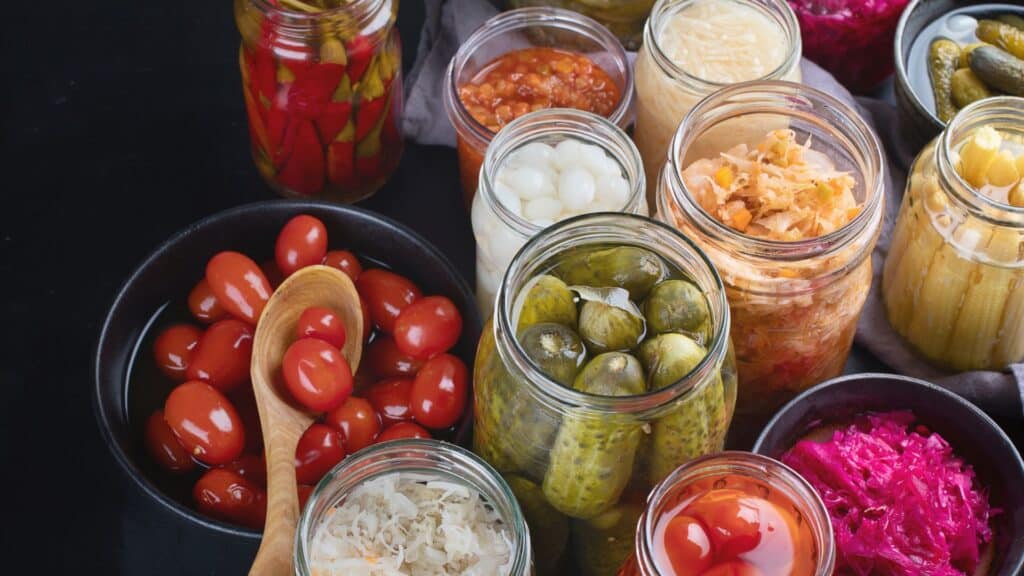
A few fermented foods that my family enjoys:
- Kombucha
- Kefir
- Raw Yogurt
- Fermented Vegetables
- Natural Yeast Breads
How much calcium do we really need?
Adults need 11/2 grams per day of calcium. Some great sources are kinds of seafood like salmon, clams and shrimp, broccoli, cauliflower, beet greens, nuts, and olives. Green food sources are kale, bok choy, and cabbage.
I’m not talking about a few vegetables here. You need seven cups of kale to get that much calcium in one day.
I hope you love kale!
Greens are also the most bioavailable source of calcium.
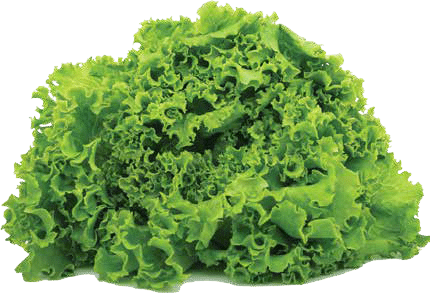
One more caution–oxalates! All of the dark leafy greens have a high oxalic acid content. This acid binds to calcium and creates oxalate crystals. This also makes the calcium your body cannot access.
In order to inactivate the oxalic acid, you need to lightly steam the greens before eating them. Or you can add a calcium tablet to the cooking liquid. It will bind with oxalic acid so the calcium in the food is available for you.
A Real Patient’s Story from Total Care Dental:
A woman was referred to me by her naturopath because she had a toothache. When she opened her mouth for an exam, I could immediately see why the tooth hurt. It had a porcelain crown on it and was the only tooth hitting when she chewed. All of her other teeth were literally dissolving away in her mouth! I couldn’t figure out why. She was healthy, athletic, had a great diet, and took good quality supplements.
I was stumped until I had her tell me her typical diet in detail.
She started off the day with a smoothie with greens in it. Lunch was a big salad, then dinner was veggies with a huge helping of greens.
She was taking the advice she had been given to eat more greens, but she had taken it to the extreme.
None of these greens were cooked, so they were full of oxalates. She was unwittingly depriving her body of calcium, and her body was taking the calcium it needed to survive from her teeth.
She had to have all of her back teeth rebuilt to the height of that one porcelain crown. It was a sad result of health recommendations taken to the extreme.
Now she cooks her greens at night and eats a variety of healthy foods for the other meals. Her overall and bone health has also improved.

How To Protect Your Teeth - Step 3: Being Smart About Your Sugars
It’s true that consistent sugar in your diet can lead to cavities; however, sugar causes more havoc than just tooth decay.
When we eat sugar, it causes our blood sugar to fluctuate. Whether you realize it or not, these fluctuating sugar levels also affect your bones – and teeth.
When you eat more sugar than your body is able to handle all at once, your blood sugars increase. This leads to your body becoming more acidic.
To compensate, your body starts pulling calcium from your bones and teeth.
The longer your blood sugar is out of balance, the more prone you are to get cavities. The most important point here is that eating sugar can lead to cavities NOT just because of what it does to your teeth, but also because of what it does to your entire BODY.
Notice that this step is about “being smart” about your sugars, not getting rid of them completely.
So, here are some guidelines and alternatives that let you have your cake (at least a little) and eat it too, while also protecting your teeth in the long term:
- Take lengthy breaks between eating sweets. This gives your body time to balance your blood sugar and for the saliva in your mouth to balance the pH and remineralize areas that have been demineralized. The worst thing you can do is eat small amounts of sugar all day long.
- Fruit (with plenty of natural sugars) is best with fats (raw cheese, almond butter). The fat fills you up and helps you eat fewer sweets.
- Always use “natural” sugars when you can (and avoid white sugar when it’s possible). Here are a few of the tastiest natural sugars and what benefits they provide:
| Natural Sugar | Benefits |
|---|---|
| Honey |
• You can use a smaller amount of honey without sacrificing sweetness. • It contains traces of vitamins and minerals. • Raw honey may help alleviate your allergies. |
| Pure Maple Syrup |
• Contains antioxidants • Supplies some vitamins and minerals •Is anti-inflammatory • Affects the blood sugar less than white sugar |
| Coconut Sugar |
• Contains Inulin for gut health – used as a prebiotic to feed good gut bacteria • Contains vitamins and minerals • Contains phytonutrients which help reduce blood sugar, inflammation and cholesterol |
| Stevia (Make sure you use green leaf stevia or stevia extracts) |
• Lowers blood pressure • Improves cholesterol • Lowers blood sugar |
How To Protect Your Teeth - Step 4: Making Nutrients In Grains Work Best For Your Body
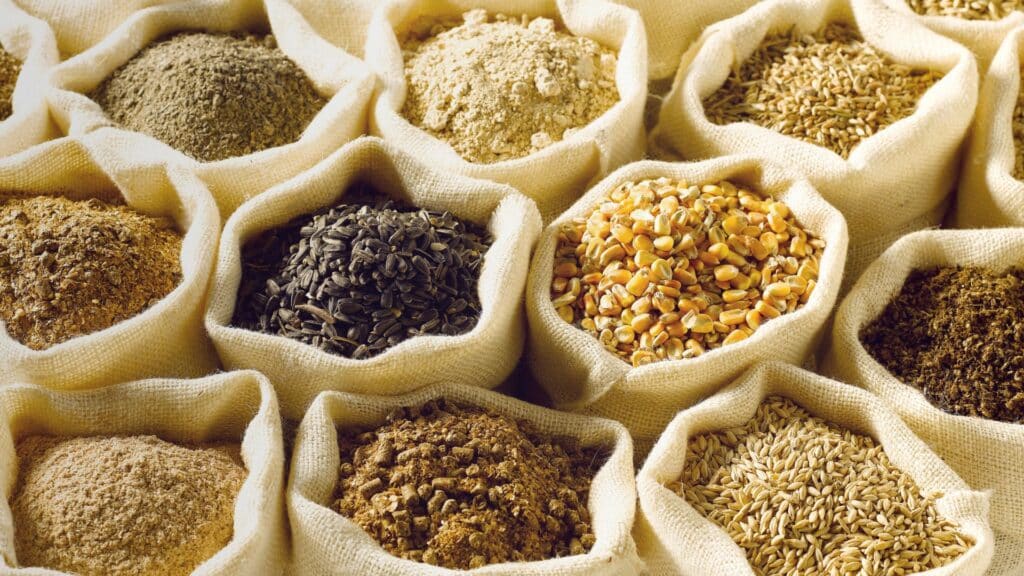
People living in traditional cultures throughout the world had lives filled with time-consuming daily activities. Yet they soaked, fermented, and ground their grains before using them. They often removed the hull of the grain before use as well.
Unfortunately, in today’s “ready-made” world, nearly all grains and legumes aren’t handled in these traditional ways. Our world demands fast, and these traditional methods are not fast.
Grains and legumes can be very hard to absorb and digest, especially modern-day grains. While agricultural societies have been living for thousands of years on grains, the grains we use have been hybridized and changed in the last 50+ years, and our handling of them has been significantly altered.
The amount of phytate in grains, nuts, legumes, and seeds, for example, varies greatly based on growing conditions, harvesting techniques, processing methods, and even the age of the food being tested.
Phytic acid will be much higher in foods grown using modern high-phosphate fertilizers than those grown in natural compost.
Dr. Price found that in societies that removed or inactivated this phytic acid before consuming the grain, those grains were very nourishing for teeth. On the other hand, if they were not handled correctly, the grains were destructive to the teeth.
This change in the way grains and legumes are grown and handled before eating has led, not just to tooth and bone decay, but to the exponential rise in gluten intolerance and other digestive problems that run rampant today, like leaky gut.
What are these traditional ways of handling grains and legumes?
Phytase to the Rescue!
Phytase is a natural enzyme present in varying amounts inside of grains, seeds, and nuts. When this enzyme is activated, it works to break down phytic acid and helps to release the nutrients that are so crucial for healthy teeth. It also makes the grain, nut, or seed more digestible.
Unfortunately, cooking is not enough to adequately release phytase and reduce phytic acid. You must pre-treat the grains, seeds, and nuts in one of two ways:
- Soaking grains/flour in an acid medium at a warm temperature(helps to reduce, or even eliminate phytic acid).
- Souring—(the preferred method for reducing phytic acid in bread and bread products).
In general, the best means of significantly reducing phytic acid in grains and legumes is a combination of lengthy acidic soaking and cooking.
One important thing to note is that not all grains contain enough phytase to eliminate phytic acid, even when they are soaked. Oats and corn are two of these. So when soaking, if you add a small amount of a high phytase flour (rye, wheat, spelt, and kamut) to the soaking water for corn and oats, it will help reduce the high phytase in these two grains
You can learn about soaking flour, legumes, rice, corn, and other grains in my book, “Healthy Mouth, Healthy You!” Click here to learn how you can get a free copy.
What if You Are Following The Four Steps and Still Not Getting the Nutrients You Need?

I have patients that come every day with this very question.
They follow the four steps to protecting your teeth through nutrition that I outlined above, but they still cannot seem to keep their bones strong and healthy.
They are prioritizing fat-soluble vitamins, eating meals from good sources, keeping their sugar intake low, and making sure the nutrients in their grains are working for them. Yet they still have cavities and other dental issues. This is when we start looking at digestive function and the way the gut is working.
If the stomach and digestive functions are not working properly, you can eat the most wonderful food in the world and it won’t do you as much good as it should.
Gut issues of this kind are often rooted in the lack of stomach acid; this is because we are all living in a stressful world. When you are experiencing stress, including mental stress, physical stress from dental, food, and medical issues, or environmental stress like wifi and cell frequencies around us, your body doesn’t create enough stomach acid to digest food.
This stomach acid, called hydrochloric acid, is essential for three things.
- Proper digestion of proteins
- Proper digestion of minerals
- Protection from harmful microbes.
Many people are deficient in this essential stomach acid, which can lead to many problems other than heartburn.
Low stomach acid, called hypochlorhydria, can cause gas, bloating, diarrhea, malabsorption of nutrients, iron-deficiency anemia, dry and thin skin and hair, acne, dysbiosis (improper balance of gut bacteria), allergies, chronic fatigue, a weakened immune system and can aggravate arthritis and other inflammatory conditions.
How do you know if this is your problem? Here is an easy health test you can do at home right now.
Baking soda test to determine stomach acid level
Carry out the following steps to determine your stomach’s acidity.
- Perform this test first thing in the morning on an empty stomach (before eating or drinking).
- Dissolve ¼ teaspoon of baking soda into an 8 oz. glass of cold water.
- Drink the solution and start timing.
- Record the time until you first burp up gas.
- Perform this test for four consecutive days (or longer) at the same time each day to give a better estimation of your stomach’s acidity.
Interpreting your results:
- 2 minutes: indicates normal acidity
- 2-3 minutes: indicates low-normal acidity
- 3 minutes: possible hypochlorhydria
If you find that your stomach acid levels are low, you need to work with a holistic health practitioner to do two things.
- You need to supplement with HCL acid to digest now. Can add digestive enzymes and probiotics to help.
- You need to determine the cause of the low acid and build it up with things like iodine, zinc, and B vitamins.
Now that we’ve learned how to protect your teeth through nutrition, let’s take a look into the “dark side” of dentistry’s past—and look at the dangers of Mercury fillings in Chapter 4.
Schedule Your New Patient Exam With Total Care Dental & Wellness
With a comprehensive exam, you’ll receive:
- A low dose cone beam 3d Dental Xray (CBCT)
- Tooth Xrays
- Dental photographs
- A comprehensive gum exam with an intraoral scan
- A comprehensive oral exam by a Total Care Doctor
- Jaw joint exam
- Oxygen, Sleep, and Airway Evaluation
You will leave the appointment with a report of findings and treatment recommendations from your doctor and care coordinator. Finances, scheduling, and other instructions will also be provided.

